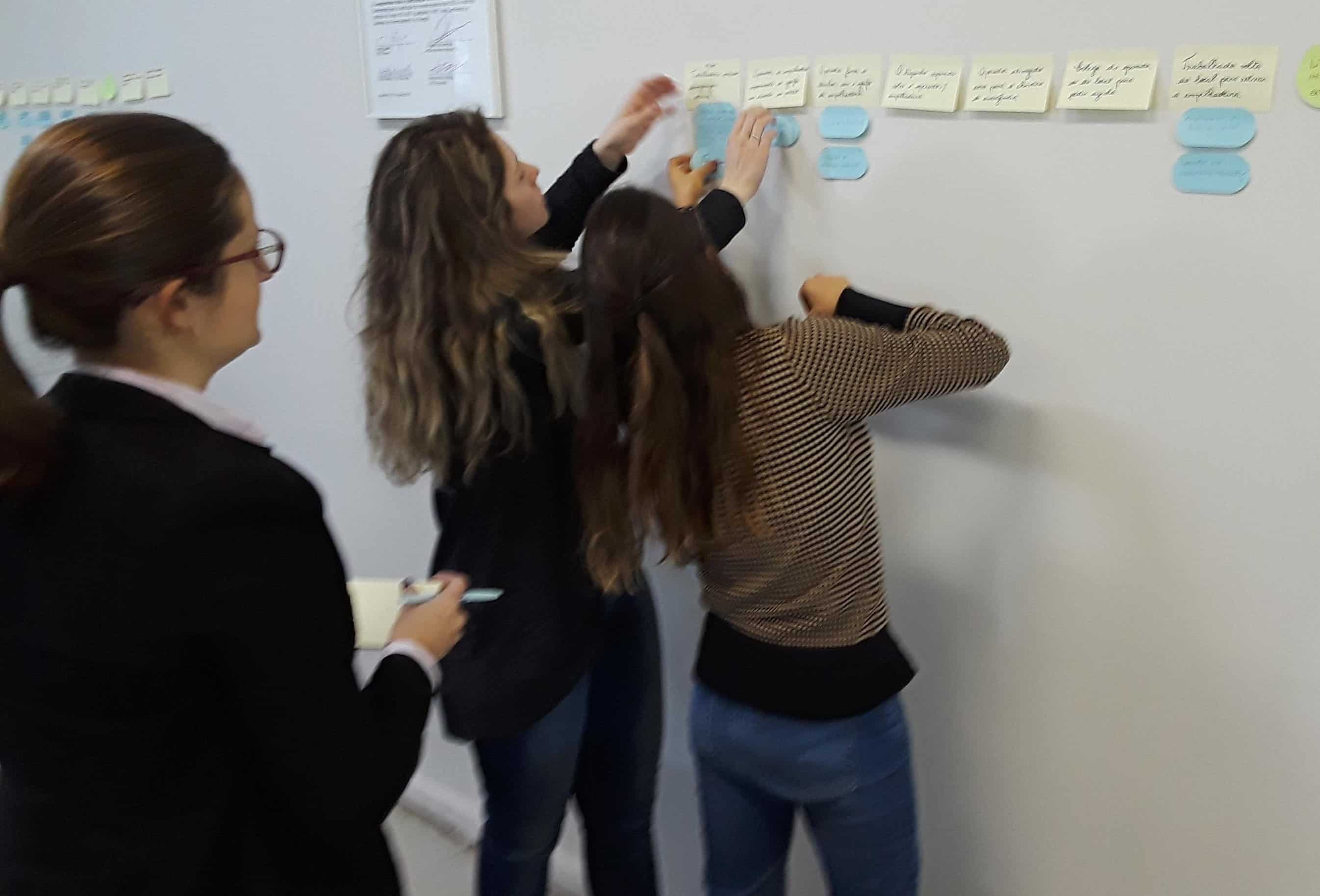Think Twice: The Cost of Trusting Your First Instinct

Our brains are powerful, but they have limits. Cognitive limitations affect how we perceive, process, and react to information. These constraints can lead to thinking errors, flawed decision-making, and misinterpretations. Recognizing these mental limitations helps us develop better judgment, improve communication, and avoid cognitive traps.
Common Cognitive Limitations
Working Memory Limits
Humans can only hold 4-7 pieces of information in their minds at once. This limitation makes multitasking difficult and increases the likelihood of forgetting key details when processing complex information. Overloading the working memory can result in mistakes, difficulty retaining new information, and impaired problem-solving ability.
Cognitive Biases
Cognitive biases are systematic errors in thinking that influence our decisions. Some of the most impactful include:
- Confirmation Bias – Favoring information that aligns with our preexisting beliefs while ignoring contradictory evidence.
- Anchoring Bias – Relying too much on the first piece of information received, even if it’s misleading.
- Status Quo Bias – Preferring things to remain the same, resisting change even when it might be beneficial.
- Sunk Cost Fallacy – Continuing with a course of action due to previously invested resources, even if it no longer makes sense.
- Survivorship Bias – Focusing only on successful outcomes while ignoring failures, leading to skewed perceptions of success rates.
Attention Constraints
Selective attention means we focus on certain details while ignoring others. This limitation makes us prone to missing critical information, especially in high-stress situations or when overloaded with stimuli. For example, drivers might miss a pedestrian while focusing on a traffic signal, or an investigator might overlook key details in a case because they are fixated on a particular theory.
Processing Speed and Mental Fatigue
Under time constraints or stress, we rely on mental shortcuts (heuristics) rather than conducting a thorough analysis. This can lead to errors in judgment, oversimplified conclusions, and poor decision-making. Fatigue also plays a role—when mentally exhausted, we become more prone to making impulsive choices rather than carefully weighing options.

Cognitive Illusions: When the Mind Deceives Us
Our perception of reality is not always accurate. Here are some common cognitive illusions and their associated biases:
1. Illusion of Attention (Inattentional Blindness)
We assume we notice more than we actually do. Studies have shown that when people focus on one task, they often fail to notice unexpected objects or events right in front of them. This is why eyewitness testimony is often unreliable. For example, the famous “invisible gorilla” experiment demonstrated that people counting basketball passes often fail to notice a person in a gorilla suit walking through the scene.
2. Illusion of Memory (False Memory Bias)
We trust our memories, but they are highly susceptible to distortion. The false memory bias occurs when people recall events inaccurately or even create entirely false recollections. This is particularly concerning in legal investigations, where witness testimonies may be unintentionally altered by leading questions or external influences.
3. Illusion of Confidence (Overconfidence Bias/Dunning-Kruger Effect)
People tend to overestimate their own abilities or knowledge. The Dunning-Kruger effect explains how individuals with limited expertise often believe they understand a subject better than they actually do, while true experts may underestimate their knowledge. This illusion leads to poor decision-making, particularly in leadership roles where overconfident individuals may dismiss valuable input from others.
4. Illusion of Knowledge (Curse of Knowledge Bias)
We assume others understand information at the same level we do. Experts often struggle to communicate complex topics effectively because they forget what it was like to be a beginner. This illusion can lead to miscommunication in workplaces, classrooms, and training environments, where instructions may be unclear to those without prior experience.
5. Illusion of Cause (Apophenia/Illusory Correlation)
Humans instinctively seek patterns, sometimes seeing connections where none exist. This is known as apophenia, and it explains why people fall for conspiracy theories, misattribute causes to random events, or link unrelated occurrences as cause and effect. For example, a gambler may believe that a certain ritual increases their chances of winning, even though outcomes are entirely random.
6. Illusion of Potential (Barnum Effect)
This is the belief that we have hidden, untapped potential waiting to be unlocked. Marketers and personality tests exploit this bias by making generalized statements that seem personally tailored. The Barnum Effect is why vague horoscopes and personality quizzes often feel eerily accurate, leading individuals to believe they contain deep personal insights.
7. Hindsight Bias
After an event occurs, we believe it was more predictable than it actually was. This bias makes people overestimate their ability to predict outcomes and leads to faulty decision-making in risk assessment and safety investigations. A common example is saying, “I knew that was going to happen” after an outcome is revealed, even if the prediction was not actually made beforehand.
8. Availability Heuristic
We overestimate the likelihood of events based on how easily examples come to mind. For instance, people fear plane crashes more than car accidents because they hear about them more often, even though car accidents are far more common. This bias affects risk assessment in industries ranging from finance to workplace safety.
9. Gambler’s Fallacy
We falsely believe that past random events influence future outcomes. A classic example is thinking that after flipping heads five times in a row, tails is “due.” This fallacy can lead to poor financial and strategic decisions, particularly in stock market investing and risk-taking behavior.
10. Framing Effect
The way information is presented affects our decisions. People respond differently to the same data depending on how it’s framed. For example, “90% survival rate” sounds better than “10% mortality rate,” even though both statements convey the same probability. This bias is frequently exploited in marketing, politics, and healthcare decision-making.
Impact on Decision-Making
Cognitive limitations and mental illusions influence our everyday choices and professional decision-making more than we realize. In investigations, confirmation bias can cause investigators to fixate on a single suspect or theory, resulting in tunnel vision and overlooked evidence. In leadership, anchoring bias often leads managers to place too much weight on first impressions, which can negatively affect hiring and promotion decisions. Within safety and risk management, workers under pressure may rely on instinctive, fast decisions instead of carefully analyzing potential hazards.
Strategies to Overcome Cognitive Limitations
While cognitive limitations are natural, we can mitigate their effects with intentional strategies:
- Use Structured Frameworks – Tools like TapRooT® Root Cause Analysis help avoid cognitive traps by promoting objective thinking.
- Take Breaks & Reflect – Stepping away from a decision allows for better processing and reduces knee-jerk reactions.
- Seek Diverse Perspectives – Encouraging input from different backgrounds helps counteract personal biases.
- Practice Mindfulness & Self-Awareness – Recognizing when biases influence our thinking helps improve judgment.
- Double-Check Assumptions – Always verify facts and challenge gut reactions before making critical decisions.
Final Thoughts
Cognitive limitations are an unavoidable part of human thinking, but awareness is the first step toward overcoming them. By recognizing and mitigating these biases, we can improve decision-making, communication, and problem-solving. Whether in safety investigations, leadership, or daily life, critical thinking and intentional strategies help us see reality more clearly.
Ready to Explore what’s Really Driving your Decisions?
Join us at the TapRooT® Summit and explore cutting-edge strategies for overcoming cognitive bias, enhancing human performance, and making better decisions when it matters most.
📍 Don’t miss the Psychology of Improvement track—designed for professionals who want to think smarter, lead better, and improve outcomes across the board.
What cognitive limitations have you encountered in your thinking? Share your experiences in the comments below!



